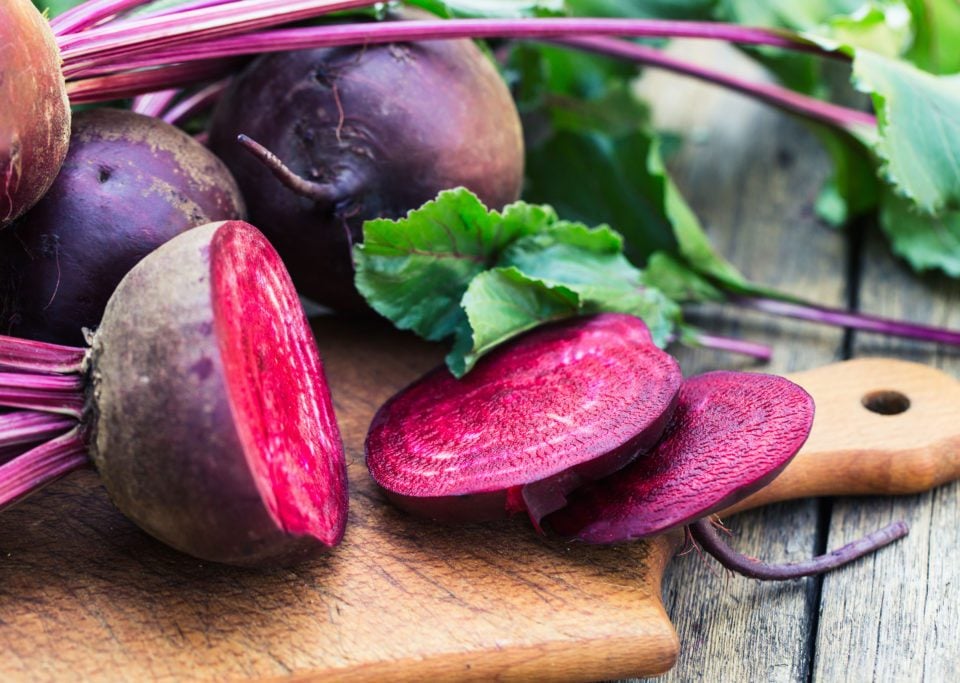
1. Beets
Health benefits: Beets contain many important nutrients including vitamins A, B, C, E, and K plus protein, folate, dietary fibre, calcium, iron, and potassium. A healthy food that’s readily available through the winter, this powerful root vegetable is high in betacyanin, which helps fight cancer, and also high in folate and betaine, which lowers the risk of heart disease.
How to eat it: The beet greens are the most nutritious part, so try cooking and serving them like spinach or swiss chard. For the beet itself boil it unpeeled to retain the nutrients and add it to salad or eat with plain Greek yogurt, dill and scallions. You can also eat beets, raw or cooked, in a salad and tacos.
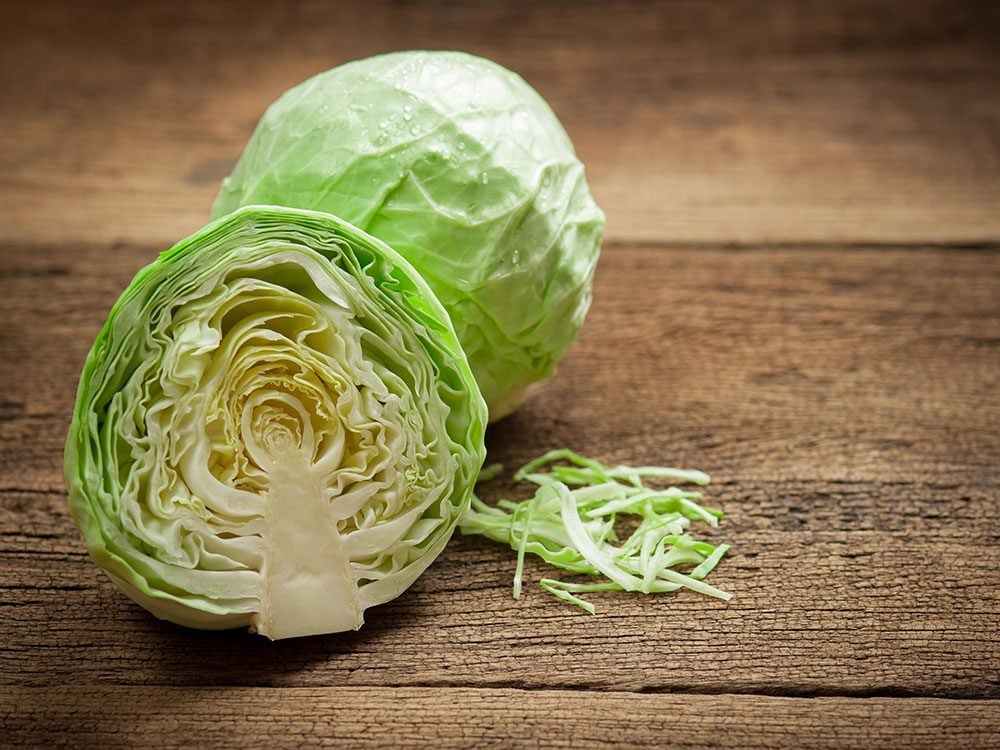
2. Cabbage
Health benefits: With just 20 calories in a cup of chopped raw green cabbage, it’s a very low-calorie choice that is rich in vitamin C (33 mg per cup). Red cabbage contains twice as much vitamin C as green cabbage, while green contains twice as much folate as the red. Both have potassium and fibre. Cabbage helps prevent colon cancer and protects agains breast and cancers of the uterus and ovaries due to the bioflavonoids and sulphorphane.
How to eat it: Sauté shredded cabbage and onion, then stir in broth and dill to make a soup, or toss shredded red cabbage, carrot, onion in a Thai peanut sauce.
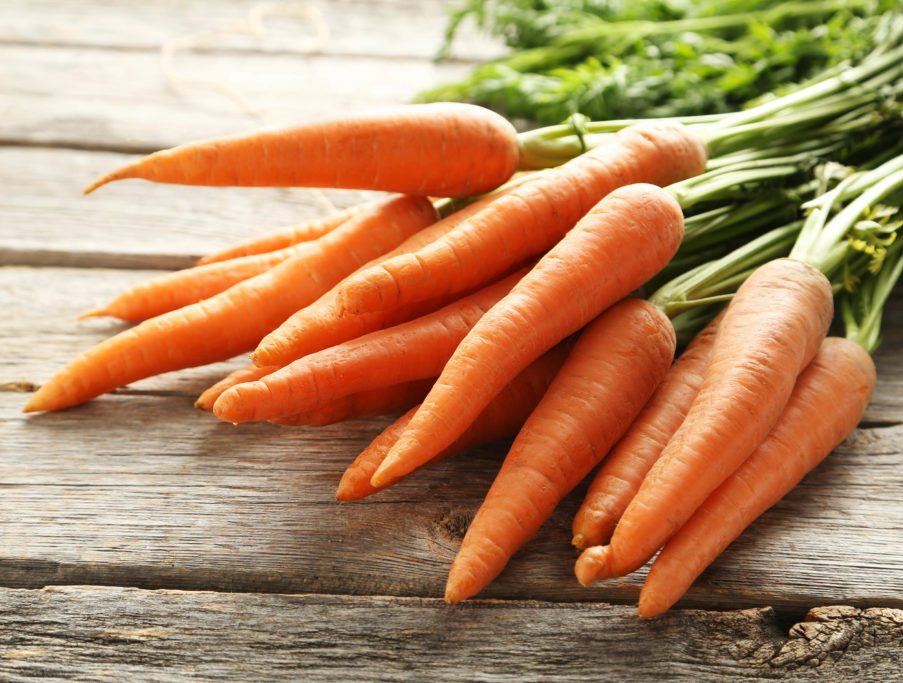
3. Carrots
Health benefits: Carrots are our most abundant source of beta-carotene, a compound that can function as an antioxidant and can also be converted by the body into vitamin A. The more vivid the colour, the higher the level of this important carotenoid. Carrots can also help reduce the cardiovascular disease, diabetes, and vision problems. One cup of cooked carrots has 70 calories, 4 g of fibre, and about 18 mg of beta-carotene.
How to eat it: For your body to properly absorb the beta-carotene in the carrots, it needs a small about of fat. Try adding a little butter or olive oil to cooked carrots to help your body fully utilize this nutrient. Cooking carrots actually increases their nutritional value because it breaks down the tough cellular walls that encase the beta-carotene.
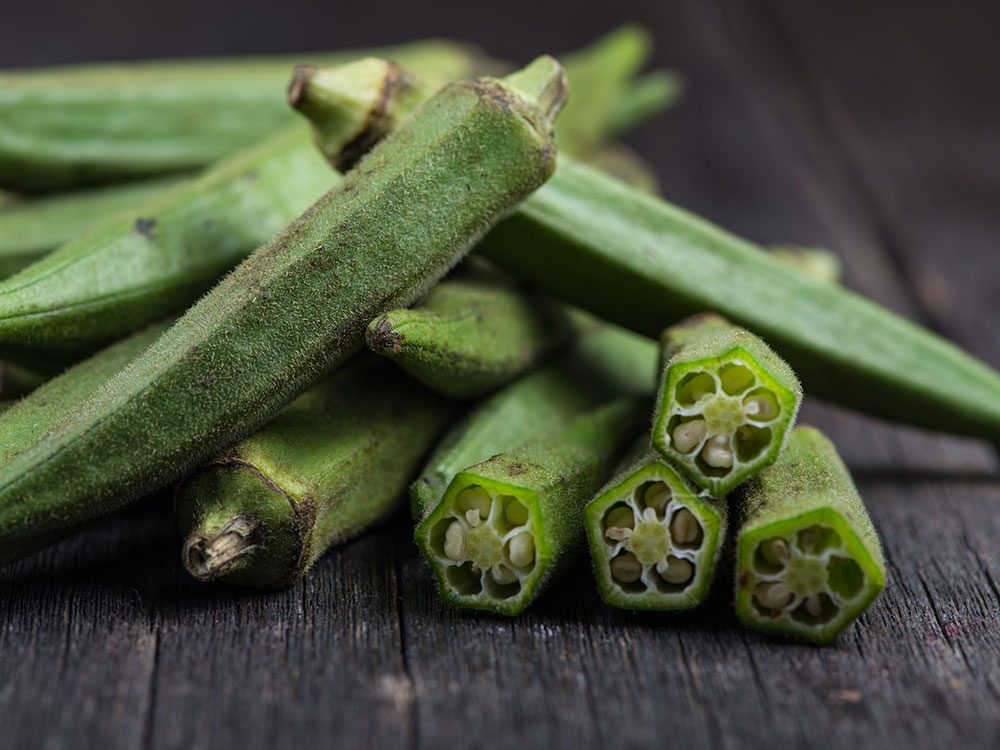
4. Okra
Health benefits: A relative of the hibiscus, okra is a dark green starchy vegetable that’s got just 18 calories in a 1/2 cup serving. Okra is also a source of vitamin A and C, folate, potassium, thiamin and magnesium. Okra lowers cholesterol because it contains high amounts of pectin, which helps decrease blood pressure, cholesterol, regulates bowels, and aids in weight loss.
How to eat it: Try adding okra to soups or stews because, as it cooks, its fats are released and thicken it. You can also stir-fry sliced baby okra with plum tomato and onion or pack them in a jar of leftover pickle juice and refrigerate for several days.
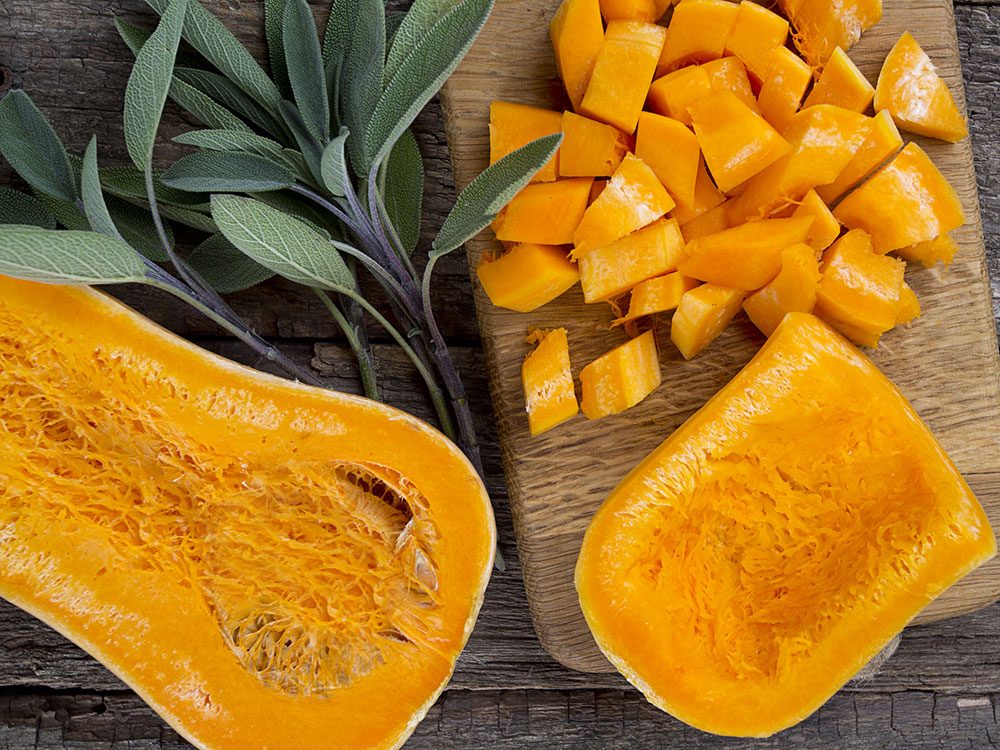
5. Squash
Health benefits: Acorn, butternut and spaghetti are some of the winter squashes in season now. Acorn and butternut squash are rich in beta-carotene, insoluble fibre, iron, potassium, zinc, and other minerals and B vitamins.
How to eat it: Bake or steam winter squash instead of boiling to retain vitamin C and other nutrients. Serve with herbs and a drizzle of oil or add to bread, soups and stews.
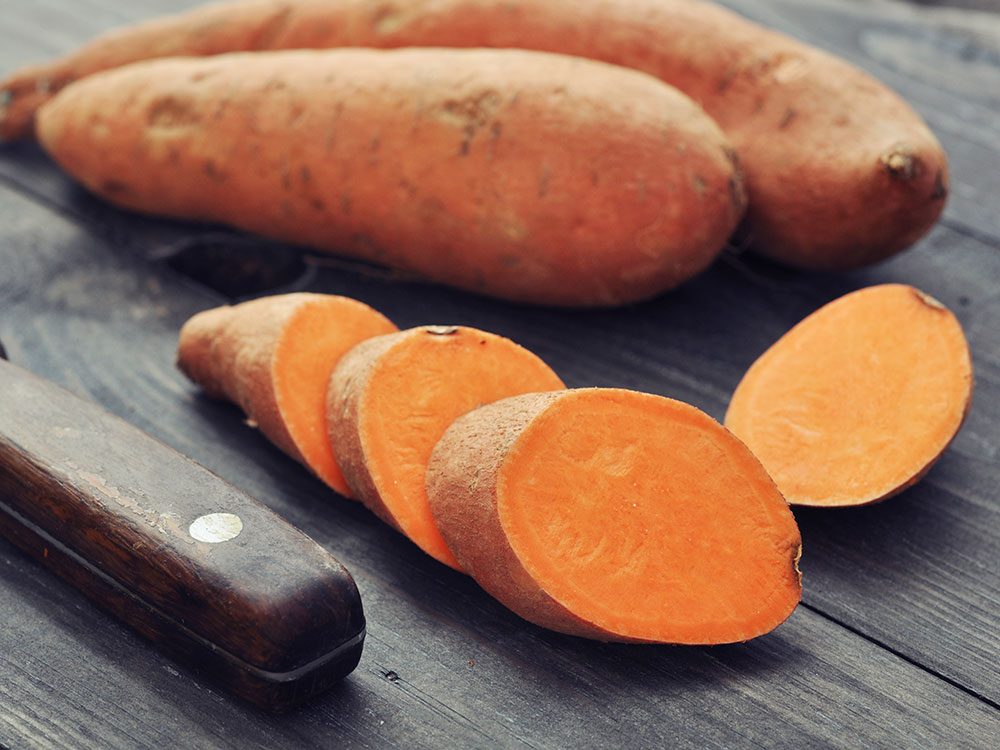
6. Sweet Potato
Health benefits: Sweet potatoes are among the most nutritious vegetables and are an excellent source of vitamin C and antioxidant beta-carotine. They are rich in potassium, which helps lower blood pressure and they keep your skin and eyes healthy, fight heart disease, and help blood sugar and cholesterol because they are packed with soluble fibre.
How to eat it: The skin has as much fibre as a half a cup of oatmeal for about 100 calories, so don’t peel it! Cook the sweet potato whole whenever possible since most of the nutrients are near the skin. You can also try cutting the sweet potato into thick strips, covering it with some spices and oil and baking or make a meal with baked sweet potato topped with spinach ham, and shredded Swiss cheese.